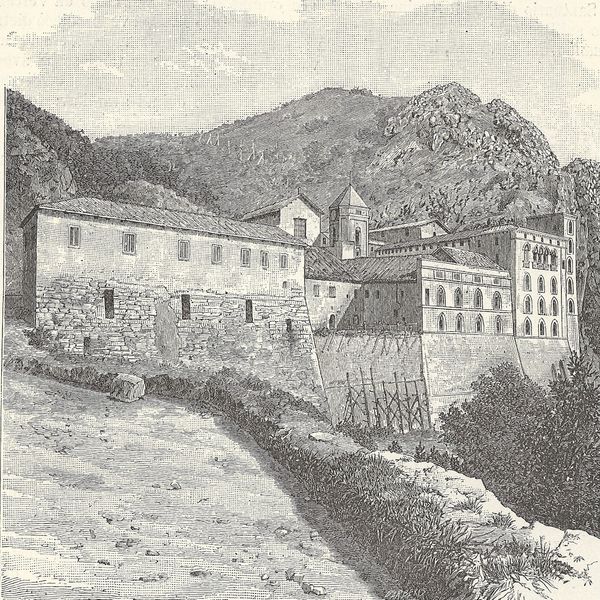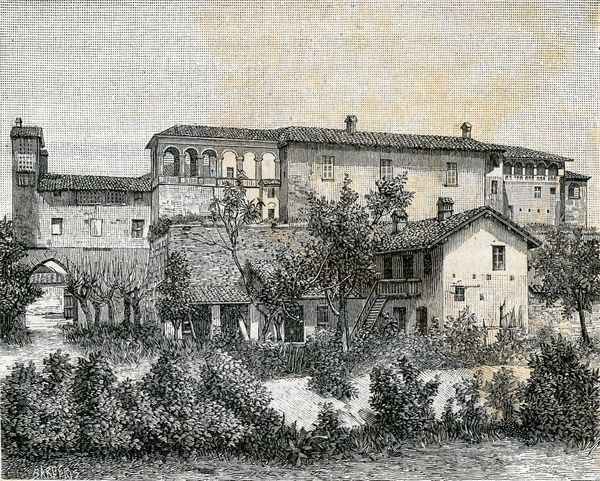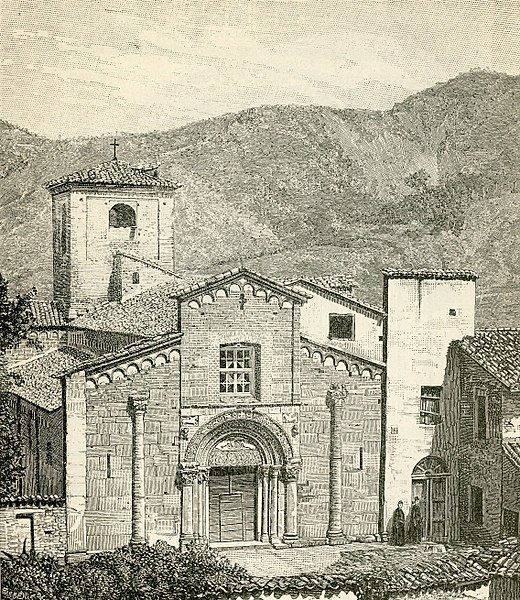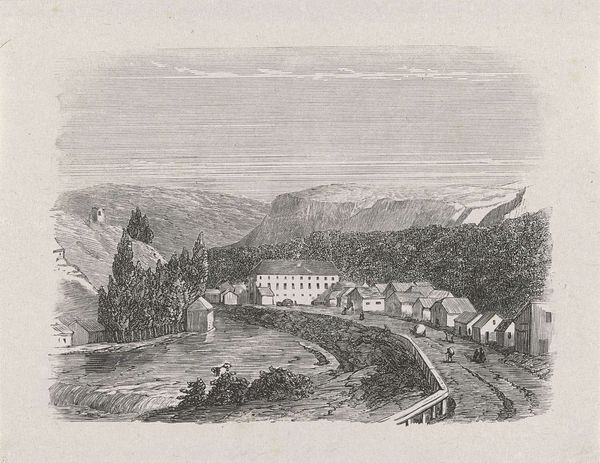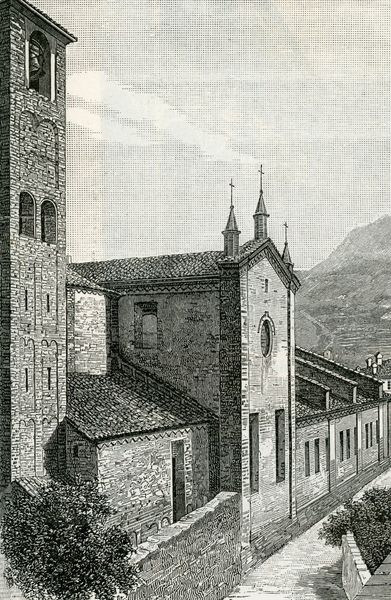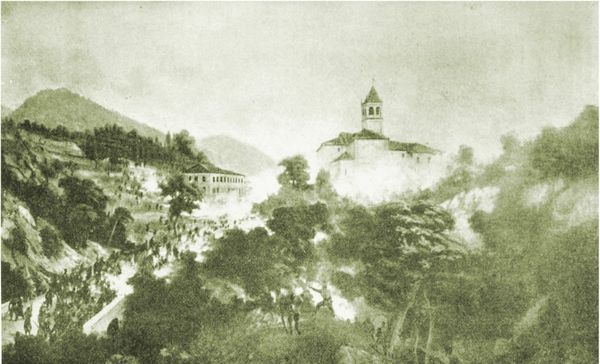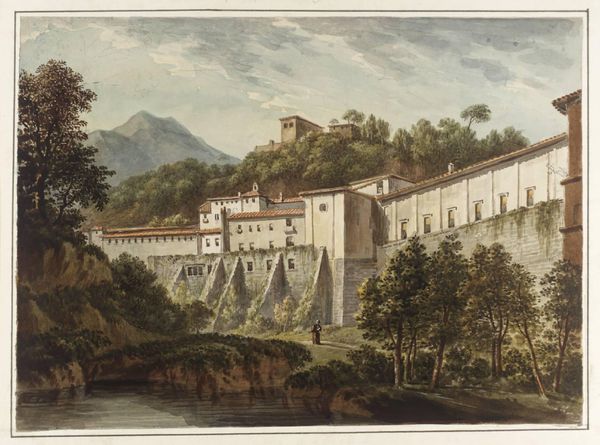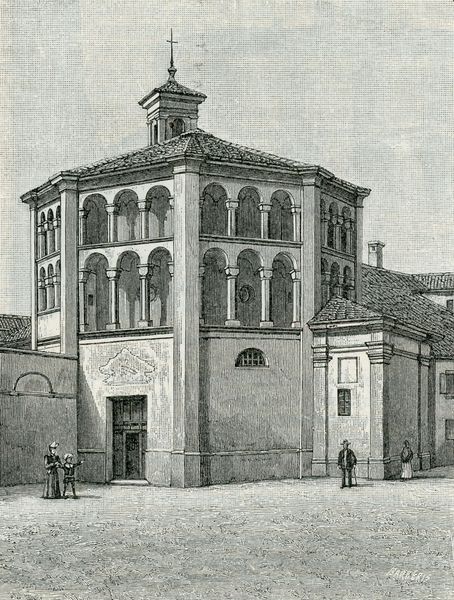
drawing, paper, ink, architecture
#
architectural sketch
#
drawing
#
architectural landscape
#
landscape
#
paper
#
ink
#
architectural drawing
#
architecture drawing
#
cityscape
#
architecture
Copyright: Public domain
Curator: Looking at Giuseppe Barberis's "Casa Valdese in Torre Pellice" from 1890, rendered in ink on paper, one can't help but consider the drawing's means of production. Editor: Exactly. I'm struck by the level of detail achieved with just ink on paper, especially considering the architectural and landscape elements depicted. What can you tell us about this drawing? Curator: Let's think about the materiality of ink, its accessibility, and how that democratizes image-making. The paper itself also speaks volumes - its production, its cost. This wasn't oil paint commissioned by the elite. What might the choice of such accessible materials tell us about the artist and intended audience, in the context of the Valdese community? Editor: That's a really interesting perspective. I hadn't thought about the inherent accessibility implied by the materials themselves. Curator: Now, consider the social context. Torre Pellice was, and remains, a centre of the Waldensian Evangelical Church in Italy. How does this location inform the artwork, especially if Barberis was part of this community? What statement is being made through this architectural depiction? Editor: So you are suggesting it could be more than just a visual record and might even serve a social purpose, given its medium and Barberis' context? Curator: Precisely. Perhaps celebrating community building and solidity, maybe it's encouraging financial donations to fund its construction, considering the time it was made. In the act of representation, he elevates the status and awareness of the building. How are ideas of labor and class displayed in this picture? Editor: That's fascinating. I was initially just drawn to the architectural landscape aesthetic, but now I see how deeply rooted the image is in its material and social circumstances. Curator: Ultimately, analyzing Barberis' work through its materials and socio-historical background unveils richer meanings and encourages us to reconsider the boundaries between art, craft, and community purpose. Editor: I'll definitely be looking at artworks differently from now on. Focusing on materiality really does reveal so much about the artist's intentions and the world they were operating in.
Comments
No comments
Be the first to comment and join the conversation on the ultimate creative platform.

